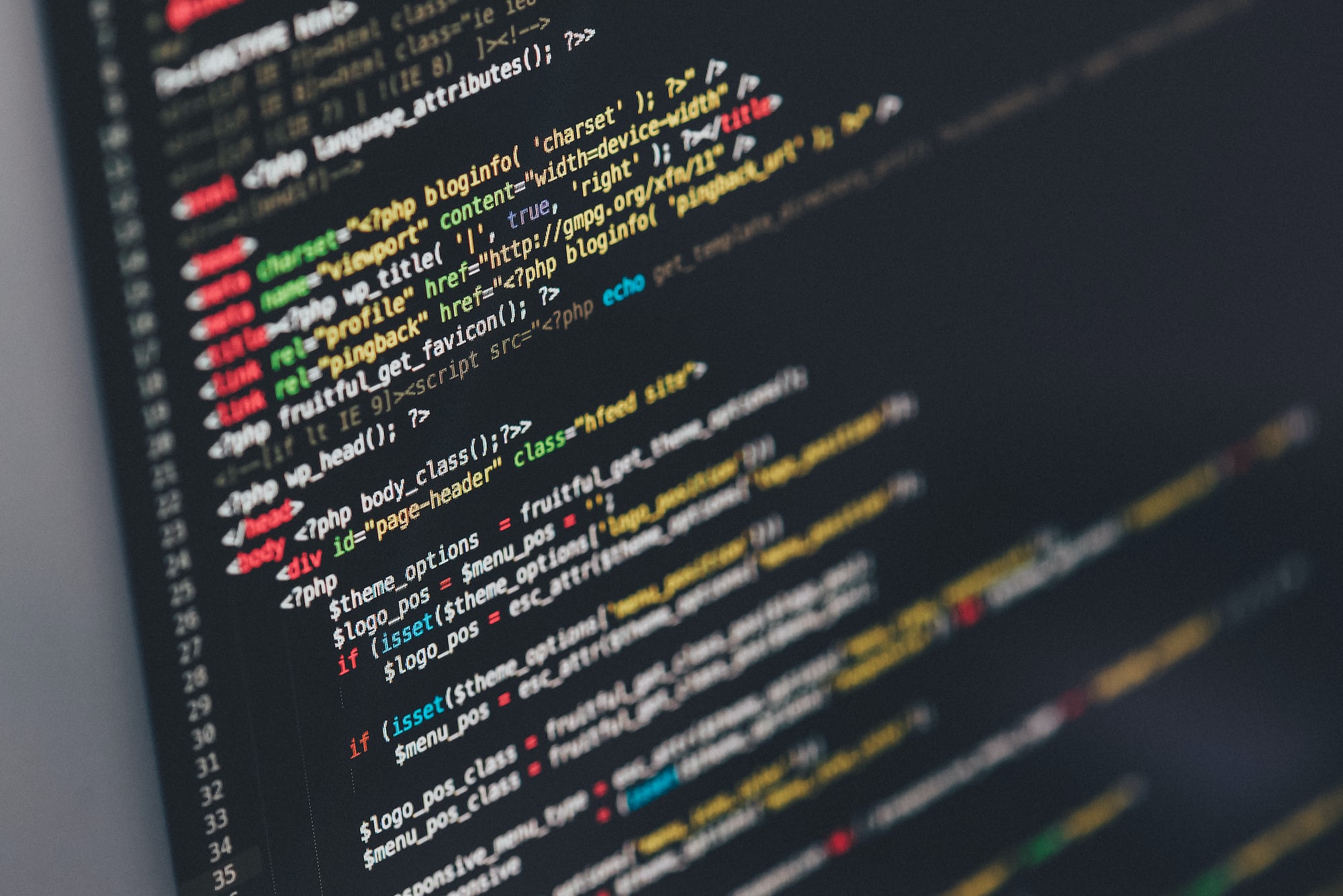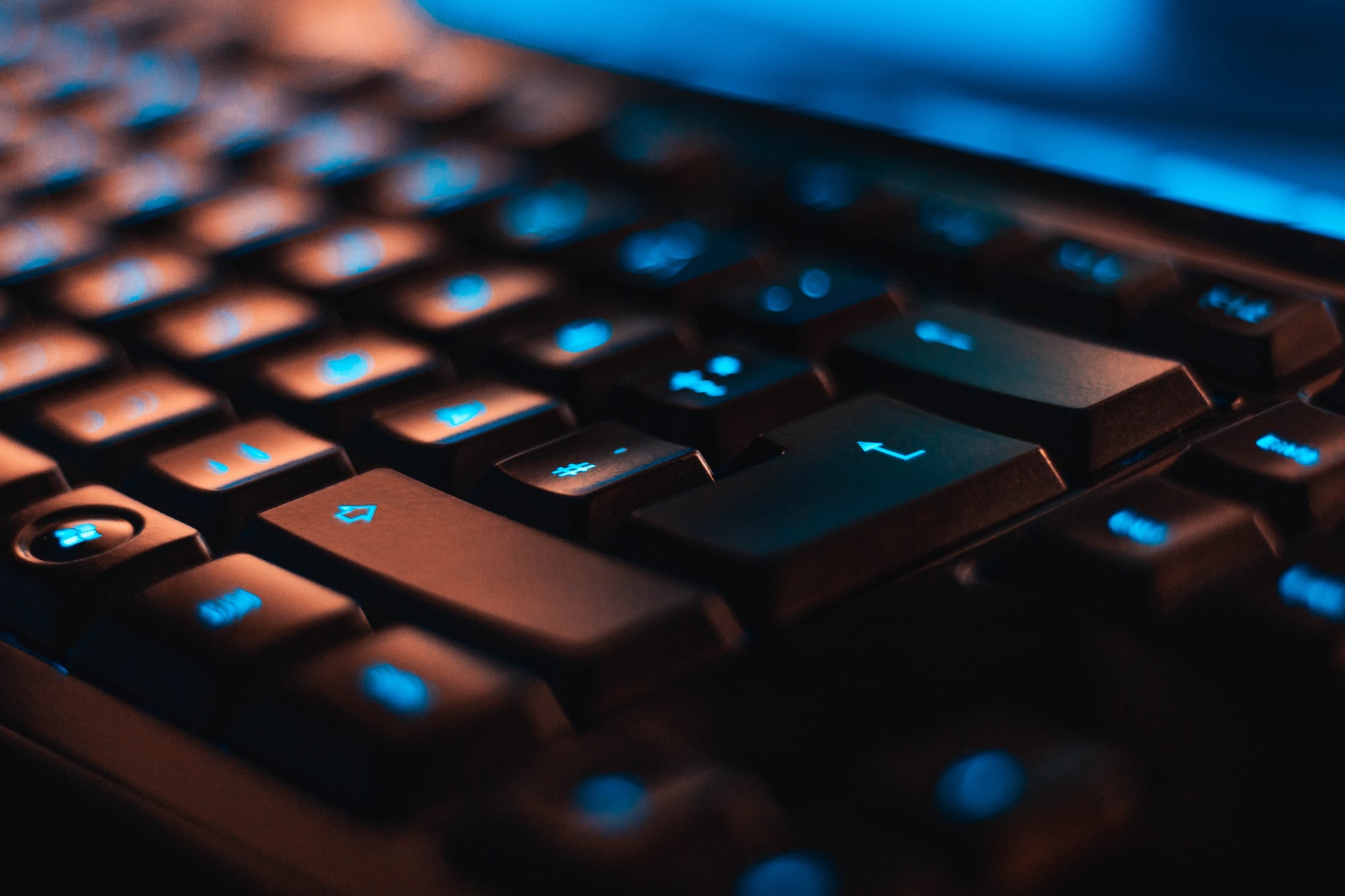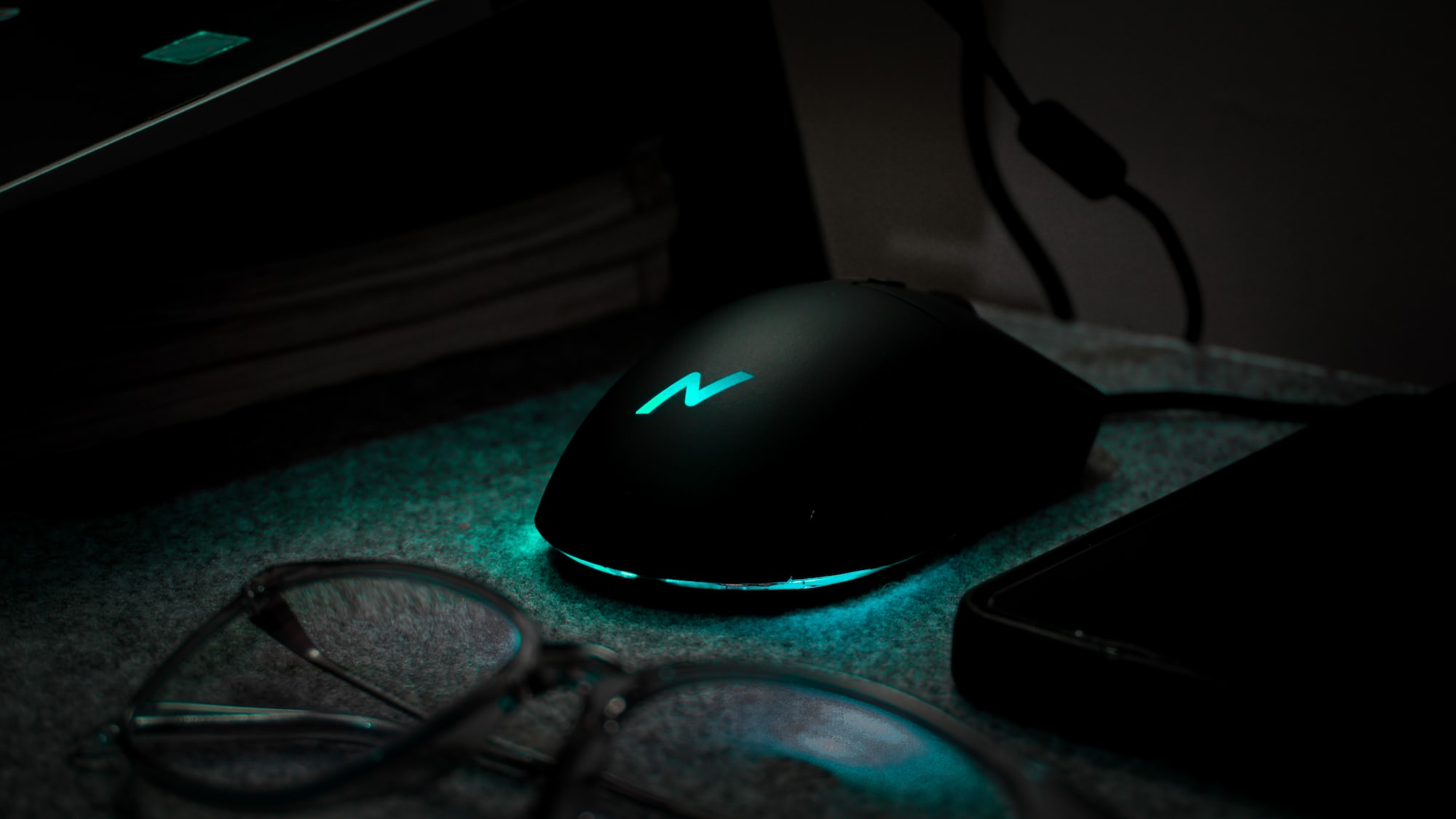In a world where connectivity dominates our daily lives, we have become accustomed to seamless communication at our fingertips. However, there are moments when even the most technologically advanced networks fail us, leaving us perplexed and frustrated. Today, amidst the enigmatic maze of signals, we find ourselves trapped in the perplexing question of why the usually reliable XL network seems to be crumbling today. It’s an enigma that challenges our expectations and ignites our curiosity, compelling us to unravel the mysteries lurking behind the scenes of our digital existence. So, let us embark on a quest for answers, as we explore the enigma of "Why is XL signal poor today?".
The Mysterious Fluctuations of XL Signal Strength: Unraveling the Enigma
Have you ever wondered about the mysterious fluctuations in XL signal strength? One day, you’re enjoying lightning-fast internet speeds and crystal-clear voice calls, and the next day, everything seems to fall apart. It’s a frustrating enigma that many XL users have encountered at some point.
So, what could be the cause of this puzzling phenomenon? It turns out that there are several factors at play. One possible explanation for poor signal strength could be the physical obstacles that obstruct the signal. Thick walls, buildings, and even trees can all interfere with the radio waves, leading to weakened signals. Another vital aspect to consider is the distance from the nearest XL tower. The farther away you are, the more likely you are to experience a weaker signal.
Additionally, environmental factors can also have an impact on XL signal strength. Weather conditions, such as heavy rain or stormy weather, have been observed to affect the strength of cellular signals. Furthermore, network congestion, caused by a large number of people using the network simultaneously, can also result in reduced signal quality. These various elements combined create the mystery behind why XL signal might be poor on a particular day.
Investigating the Factors Behind XL’s Poor Signal Quality: A Deep Dive Analysis
Every now and then, we find ourselves frustrated by the inexplicable drop in our mobile signal strength. The moment when our reception takes an unexpected nosedive can be exasperating, leaving us scrolling through forums and articles in search of answers. Today, we embark on a deep dive analysis to uncover the enigmatic factors behind XL’s poor signal quality.
One possible culprit for XL’s signal quality issues could be external interference. It could be caused by various elements that obstruct the transmission of radio waves, such as:
- Physical obstructions like tall buildings, dense vegetation, or even large billboards in the coverage area.
- Electromagnetic interference from nearby electrical equipment, high-voltage power lines, or even household appliances.
- Atmospheric conditions like heavy rain, fog, or thunderstorms that affect the propagation of signals.
Furthermore, infrastructure limitations may also play a role in XL’s signal issues. Some potential factors related to network infrastructure that could contribute to poor reception include:
- Insufficient or outdated cell towers and antennas that struggle to efficiently reach all areas within XL’s coverage.
- High user density in specific locations, overwhelming the capacity of the network infrastructure and causing congestion during peak usage hours.
- Technical glitches or maintenance activities that momentarily disrupt signal availability.
- Misalignments or malfunctions of XL’s equipment, such as faulty amplifiers or defective cables.
In conclusion, the factors influencing XL’s signal quality are multifaceted and intricate, making it an enigma to unravel. Investigating external interference and infrastructure limitations are crucial steps in understanding the root causes behind the poor signal quality experienced by XL users. Stay tuned for our forthcoming findings as we continue to dive deep into the ever-evolving world of mobile network connectivity.
Optimizing XL Signal Strength: Proven Strategies for Enhanced Connectivity
When it comes to our beloved XL signal, we’ve all experienced those frustrating days when its strength seems to take an unexpected dip. It leaves us bewildered, asking ourselves, “Why is XL signal poor today?” Well, fear not, for we have cracked the enigma and are ready to share some proven strategies to bolster your connectivity and banish those signal woes.
1. Location, Location, Location: The first step to optimizing your XL signal strength is to assess your surroundings. Check if you are facing any obstructions like tall buildings or dense foliage that could be causing interference. Moving to an open area or closer to a window can work wonders in improving signal reception.
2. Avoid overcrowded networks: In this age of wireless connectivity, network congestion is not uncommon. Switching to a less crowded network can help alleviate signal issues. Experiment with different networks or providers in your area to find the one that offers a better signal experience.
3. Amplify your signal: If you’re still on the hunt for better XL signal strength, consider investing in a signal booster or repeater. These nifty devices work by amplifying the signals received, ensuring a stronger and more reliable connection. They can be especially helpful if you find yourself in a location with weak network coverage.
Enhancing XL Network Coverage: Practical Steps for a Reliable Communication Experience
The Enigma of ‘Why Is XL Signal Poor Today?’
In our fast-paced world, staying connected is more important than ever. Whether it’s making that important business call or staying in touch with loved ones, having a reliable network connection is crucial. However, we have all experienced those frustrating moments when the XL signal seems to be playing hide and seek. To help unravel this enigma and enhance the XL network coverage, we have compiled practical steps for a more reliable communication experience.
1. Evaluate your surroundings: The first step in improving your XL signal is to assess your immediate environment. Check for any physical obstructions that may be affecting the signal, such as tall buildings, dense vegetation, or even weather conditions. Avoid using your device in places like basements or underground parking lots as these can significantly hinder signal strength. By being aware of your surroundings, you can position yourself in areas with better coverage for a more stable connection.
2. Optimize your device settings: Sometimes, the solution lies within your device itself. Start by ensuring that your device is updated with the latest software version. This can help fix any bugs or glitches that might be affecting the signal strength. Additionally, consider adjusting your network settings to prioritize XL’s network over others. By doing so, your device will actively search for the XL network, resulting in a more reliable connection.
3. Seek out XL network boosters: If you frequently find yourself struggling with a weak signal, investing in an XL network booster can be a game-changer. These devices work by amplifying the XL signal, extending its reach and improving coverage in your area. You can easily find these boosters online or through authorized retailers. By equipping yourself with a booster, you can say goodbye to weak signals and enjoy smoother communication experiences.
In the vast ocean of the modern world, where connectivity reigns supreme, signal strength acts as an invisible lifeline for our digital endeavors. We rely on it to keep us connected, to bridge the gaps between individuals, and to navigate the labyrinthine landscape of the virtual realm. But what happens when this lifeline begins to waver, leaving us stranded amidst the chaos of poor signal reception? Today, we embarked on an expedition to unravel the perplexing enigma behind the question that lingers on countless lips: “Why is XL signal poor today?”
As we set out, armed with curiosity and an unyielding determination to seek answers, we discovered a multifaceted puzzle that defies simple explanation. The intricacies of signal transmission dance intricately with a plethora of variables, fusing technology, geography, and human behavior into an entangled web. From towering skyscrapers in bustling cities to the serene meadows of remote countrysides, signal strength faces formidable adversaries, pushing its limits and toying with our expectations.
One chapter of this enigma unfolded in the bustling urban landscapes, where concrete giants reach skyward, oftentimes inhibiting the passage of vital signals. The relationship between tall buildings and weakened signals demonstrates a battle between human progress and the ethereal dance of waves. As we marveled at the magnificent architectural achievements, we couldn’t help but ponder the delicate balance between human achievement and the demand for connectivity.
Venturing beyond the city walls, we stumbled upon another layer within this intricate tapestry. The vast expanse of nature, shrouded in its own brand of mystique, challenges signal reception in unexpected ways. Thick foliage, lofty mountains, and sprawling fields whisper secrets of their own, leaving signals trapped or distorted under a veil of Mother Nature’s ingenuity. As we traversed these breathtaking landscapes, the juxtaposition between man-made marvels and nature’s artistic handiwork sparked a profound appreciation for the forces at play in shaping our connected existence.
Peering into the depths of human behavior, we discovered yet another piece of the puzzle. Within the realm of human activity, the fluctuations in signal strength find themselves entwined with the ebb and flow of human traffic. As we journeyed from crowded streets to deserted alleyways, we unraveled the interplay of countless devices vying for the same ethereal space. The more individuals clamoring for a slice of the digital universe, the more strained the networks become, and the specter of a weaker signal looms ever closer.
Now, enlightened by the insights we have garnered on this extraordinary exploration, we realize that there might not be a solitary answer to the question that has plagued us. The enigma of “Why is XL signal poor today?” reflects the complex interdependency between technology, landscape, and the human touch. It offers a powerful reminder of the intricate tapestry woven by the forces that shape our modern lives.
So let us cherish the moments of seamless connectivity, consciously savoring the invisible threads that align the stars in our digital constellations. And in those times when our signal falters, instead of grumbling frustrations, perhaps we can marvel at the enigma that unfolds before our eyes, and embrace the thrill of an unanswered question.







